Cold exposure can kill you, or leave you miserable all winter long. So why don’t you just turn up the heat? Well, heating your home home can be expensive, or take up all you time. I will be presenting some ideas that will save you time and effort this winter. Along with cutting down on your heating bill.
The approach is to look at how nature deals with cold, then apply the lessons in pursuit of the following objectives:
- Preserve the heat you have.
- Keep the cold out.
- Minimize the heating needed.
- Create winter comfort
Adding Small Gains
My goal with this article is to keep your money in the bank, while keeping you warm and snug. There isn’t a single solution. Like “ONE BIG THING” you can do that will make all the difference.
That is why my approach is to suggest 10 small things that you can do without too much effort. When added together, the 10 small things will make a big difference.
The First Method
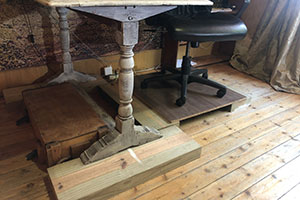 #1 – Cold sinks. The idea of a cold sink is inspired by Igloo’s. The floor inside an Igloo is never flat, but has three levels.
#1 – Cold sinks. The idea of a cold sink is inspired by Igloo’s. The floor inside an Igloo is never flat, but has three levels.
The highest level for sleeping and living. The middle level for cooking. The lowest level is called the cold sink. The coldest air will come to rest in the cold sink.
Since you can’t “dig” a cold sink in your house, you will need to “rise” above the cold.
You can use platform’s and bricks to achieve this. E.g. Raise your work desk and chair. This can be done by placing bricks under the desk legs and raising a small platform for the chair.
You can do platforms in your kitchen, your bathroom, anywhere you will be spending a lot of time.
Principle: Coldest air accumulates in the cold sink.
The Second Way
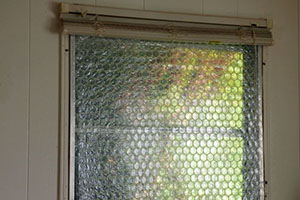 Snow and compacted snow both have insulating properties. This is due to thousands of super tiny air pockets trapped inside the snow.
Snow and compacted snow both have insulating properties. This is due to thousands of super tiny air pockets trapped inside the snow.
The aim is to apply the principle of air trapped in pockets by using bubble wrap and egg trays.
#2 – Use bubble wrap too insulate windows. You can tape it directly to the glass.
#3 – Apply bubble wrap and egg trays to boards of Masonite or plywood. You can then use the boards to increase insulation where cold is seeping in.
Principle: Large exposed surfaces, even double insulated windows, still allow convection, whereas air pockets don’t.
Another Thing To Consider
Fireplaces are great for heating rooms, but a lot of heat is lost through the chimney. The objective is to maximize your heat harvest from you fire.
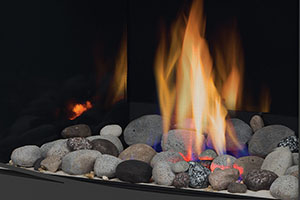
#4 – Place rocks on a grid above the fire. Once they are heated, you can transfer them into a steel bucket and place inside a room.
The stones will radiate their heat, warming the room in the process.
Principle: Maximizing heat harvest from fire through capturing heat in rocks and releasing the heat into rooms where there is no fireplace.
Related: How To Heat Your Room With Vegetable Oil
Limiting Movement
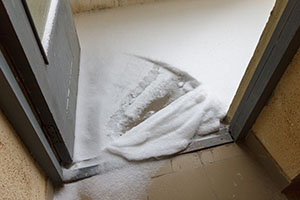 The more time you open and close your refrigerator door on a hot summers day, the longer the cooling system will need to run.
The more time you open and close your refrigerator door on a hot summers day, the longer the cooling system will need to run.
Letting cold air into a warm room has the same effect. You want to minimize the number of time’s you need to open doors.
#5 – Bring as many supplies in form outside as possible. Every time you go outside, your house looses heat.
#6 – Store the items in the rooms where they are to be used. Don’t store anything in rooms you are sealing off for the winter.
#7 – Hang a waited tarp in front of all outside doors. When entering or exiting your home, make sure at least one is closed before opening the other.
Principle: Limit movement and transfer of heat from warm rooms to cold one’s.
Another Effective Idea
#8 – Black, dark grey or navy blue surfaces absorb more heat from the sun than light colored surfaces. Painting surfaces that receive sunlight in the winter, can help heating your house.
Painting your roof black or even dark brown, will heat up the air above your ceiling and help keep your house warm.
Principle: Dark colors absorb energy.
Protect Against Low Temperatures
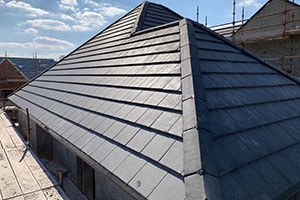 #9 – Painting exterior walls black could be a bit much, but other dark colors could increase the energy absorption potential. Particularly for walls that will receive sunlight. Try dark greys, dark earthy colors like clay or putty.
#9 – Painting exterior walls black could be a bit much, but other dark colors could increase the energy absorption potential. Particularly for walls that will receive sunlight. Try dark greys, dark earthy colors like clay or putty.
#10 – You can wrap water pipes and tree stems or trunks in a few layers of bubble wrap to protect against very low temperatures. Once you have applied the bubble wrap, you can apply a final layer of black plastic, or simply spray paint the bubble wrap black, ensuring maximum heat absorption during sunlight hours.
Reducing Air Volume
Reducing the air volume inside a room will reduce the amount of heat needed to raise the temperature of the room.
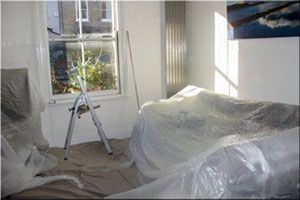 #11 – Move a double bed, a desk and closet out of a room you’re sealing up for the winter, into a room where you will be living. Cover them with a sheet. This can reduce a room’s volume by up to 8 Square meters or 280 cubic feet.
#11 – Move a double bed, a desk and closet out of a room you’re sealing up for the winter, into a room where you will be living. Cover them with a sheet. This can reduce a room’s volume by up to 8 Square meters or 280 cubic feet.
Another way to reduce air volume is by changing the shape of a room. Igloo’s get narrower toward the top. This means less air to heat than in a square room.
#12 – Run a rope across your room, from above your bed to where the radiator or heat enters your room. Drape a large section of canvas or cotton or the over the rope, creating a triangular tent shaped tunnel. This will keep the heat trapped around you bed area, while you sleep snugly.
Principle: Reduce the volume of air that has to be heated.
Related: How to “Winterize” Your Pipes and Prevent Damage
Each of the ideas I have touched on, represents one small action. The intent is to accumulate the impact of many small actions.
Let’s take the example of moving furniture into a room to decrease air volume.
- The items moved into the room (in #8) decreased the air volume by 280 cubic feet.
- If you assume the average room volume at 1000 cubic feet, you are reducing air volume by between 20% and 25%.
- This can easily result in a 5% – 10% reduction in the heating cost of that particular room.
Accumulating many such small gains, will create one big financial saving. How many dollar bills would go back into your pocket if you save 20% off your heating bill?
So there you have it folks. Between the money you save and the heat you gain, you could be headed for your most comfortable winter yet.
Get prepping!
You may also like:
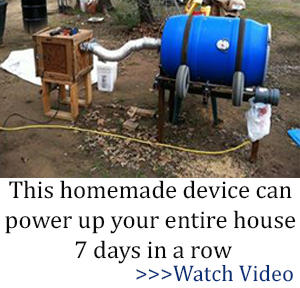 Best Ways to Heat Your Off-Grid Home This Winter
Best Ways to Heat Your Off-Grid Home This Winter
How To Make a Mini Root Cellar In Your Backyard In Less Than Two Hours (Video)
10 Vegetables That You Can Stockpile Without Refrigeration

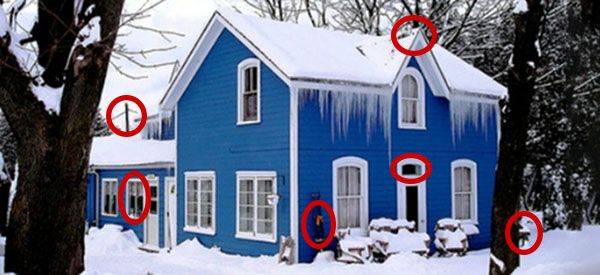

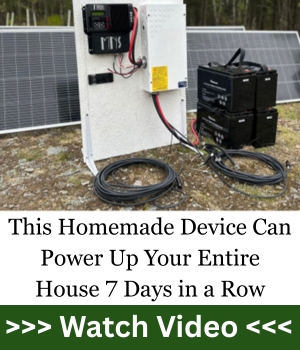



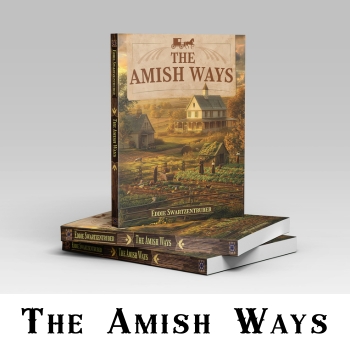
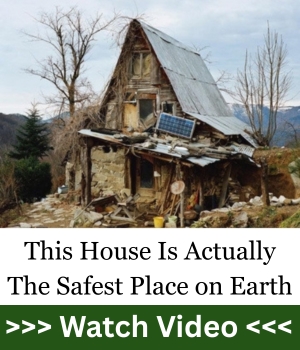
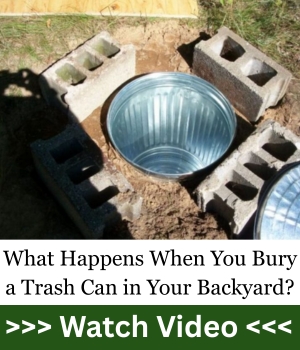
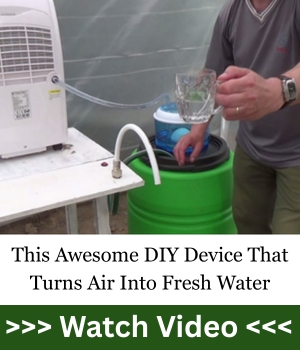





Thermal Mass.
Not a small idea but worth thinking about.
Fire place stones (if not river rock ) is a start.
Sealings ? Ceilings maybe
Ah speling is over ratd.
River rock has moisture that can be dangerous.
My Wife wanted a fire place in a modern build.
Half Brick lined steel insert type of thing.
My franklin fireback out of a tool chest cover helps but not as good as a freestanding stove with a proper damper.
The one with the ‘insert’ is crap.
Ah.
The damper with the insert is crap.
Yep and a weighted tarp vs a waited one.
no mention is made of making sure that pipes do not freeze
Here in Texas, we’re more concerned with keeping the heat out. That being said, sealing cracks and filling gaps is inexpensive and pays for itself quickly. It is useful for keeping out cold or heat. Be sure to caulk any exterior paths for warm (or cold) air, insulate around the windows (expanding foam can help here), and caulk the inside.
Also, changing the color of your drapes/window coverings can help. Using darker curtains in the winter can help absorb heat, while white or lighter curtains can make a difference.
One of the biggest things you can do to keep warm? Put on a sweater.
A better idea for number seven is a thing my folks used to do back when we lived up in Yankeeland. Little half curtains hung from the top of doorways (they split down the middle like drapes to let you pass through) to keep the rising heat in a specific room.
Here’s a simple idea to take up room volume to reduce the amount of volume needing heat… and completely and easily removed when not needed. Cardboard boxes. No need to put anything inside of them. Just close them and stack them as needed in a room. The corrugated cardboard acts as an insulator between the air inside of the box and air in the room. When you don’t need them any more, simply collapse the boxes and store them away.
Good article.
Some thing that I almost never see anyone even try to exploit, is the heat being pumped outside from your ELECTRIC dryer.
This is another reason I like electric dryers over gas, because I can make my own electric with a gen set and or solar, and it can heat my home at the same time we’re drying clothes, unlike with a gas dryer.
A dryer uses 3000 to 5000 watts to dry cloths and all that heat goes right outside. A house needs around 5 to 10 watts per square foot to heat it, so you’re looking at heating at least 300 to 500 SF, and more if you’re insulation is good, just by doing laundry AND putting moisture back into your home.
Plus your dryer is not pulling warm air out of your home and super heating it and then just pumping it outside. Now you need to have more cold air coming into your home, that needs to be heated up, to replace what’s being pumped out by your dryer.
It’s just using the same warm air in your home and recirculating it making it warmer and warmer each time it passes through the dryer. Basically a close loop heating system.
Here’s a video explaining it and showing how to do it, and it’s CHEAP to do….I think I had around $10 into my setup back in Wisconsin.
It’s an 11:30 min video.
https://www.youtube.com/watch?v=mTBy3oIOgKg
Keep up the great work.
Texas south of I-20 has mild winters. We live in a well built home with 6″ fiberglass insulation in the walls, triple pane low e windows, and a 3 stage HVAC unit that’s smarter than a room full of school teachers. But in the old days when we were poor we lived many years in old tumble down wood frame rent houses you heated with a little space heater hooked to a gas outlet coming out of the base board. The trick was to only heat the room you’d spend most of your time in and hang wool blankets in the doorways blocking off the rest of the house, and staple plastic over the windows. I remember one house I shared with several roommates had no heat at all, one of the roomies had an electric pottery kiln we put in the living room, we’d set it to 2000F with the lid off and it would warm the place up in 5 minutes. Then there was the night we warmed up playing Delta Force in that house stalking each other room to room armed with bottle rockets and fire crackers. Never felt like being poor and cold was a struggle back then.
Man, an old window unit would be smarter than a room full of current school teachers.
Thanks for the article. All I did to “prepare” for winter was to put some towels at the window sills
I’ve had so many internet romances try to convince me to come live in the boonies (Midwest) to be with them, but the cold is an eternal deal-breaker. The stories I’ve heard of the rude and downright violent people who live there is another deal-breaker.
I can only guess the nasty cold weather creates such nastiness in its minions.
Perhaps, BeachBlondie, it would enlighten you to travel the backroads of the Midwest slowly, eating in local diners and interacting with the local people.
I have bicycled across Kansas three times. I have toured Oklahoma, Arkansas, Mississippi and Louisiana by bicycle. I have bicycled through most of rural Wyoming.
In all my travels I have found Midwestern folk to be friendly and engaging if one does not approach them with some supercilious, you’re-just-a-hick attitude.
I have only driven across Texas, two times going and coming. Didn’t stay in one town long enough to get a feel for the people but I don’t imagine they are much different from the neighboring states.
I will say that my daughter, being born, raised and still living in coastal California found the climate in Kansas not especially to her liking during June when it is barely warm yet. She also did not appreciate the biting flies during the day and the mosquitos at night. She is totally spoiled climate-wise.
Without getting into a political diatribe, I think generally you will find folks in the Midwest more willing to discuss politics without the didacticism that seems so prevalent on the left coast.
I would say if you are one of the hard left socialists that infests the left coast and can’t tone it down to a level of civility, then, yes, the Midwest is certainly not for you. But then probably no place other than some socialistic hard-core nanny state would suite you.
Here’s the thing. Most people still want their home to look like a home. “Cold sinks” are stupid. Wear some socks.
No one wants to put bubblewrap on their windows when they can just caulk them and hang some curtains.
These are probably fine if you live by yourself and just don’t care what your home looks like, but there are better options.
B.I.H.: Some folks who follow this list are living very close to the line. They are stuck, for one reason or another in a cold climate and the heating bills that such climes generate in the winter time exceed their income during the winter. This is especially true for some occupations that are basically warm weather occupations.
As the guide in Alaska joked, “Here in Alaska we only have two season, Winter and Road Repair.”
Unless you are in the snow removal or tire chain installation business, construction slows way down after the ground freezes.
Cold sinks may not be so much a choice as a necessity.
Wearing some socks may not be sufficient. Here on the left coast you can tell the natives from the tourists in January. The natives are wearing watch caps pulled over their ears with sherpa lined jackets and gloves. The tourists are in T-shirts, shorts and flip-flops. In SoCal when the thermometer gets south of 60°F it is the dead of winter for us. In Minneapolis that “Let’s to the park and catch some rays” time. In Bismark it’s “Wow summer is here already.”
So for some of us, cold sinks may be superfluous detritus but for other followers of the list they may mean the difference between paying the heating bill and the rent or skipping one and hoping the landlord or the heating oil company won’t get nasty before work starts up again.